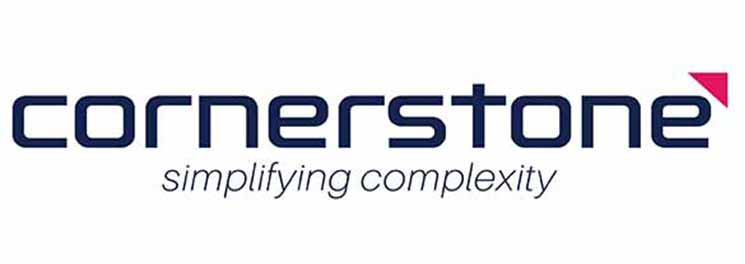
Is Solution Customisation Blocking Your Supply Chain Transformation?
Supply chain transformation projects have a bad reputation for being lengthy and complex. It doesn’t have to be that way – if you’re prepared to make some compromises on customisation.
Supply chains have been in the spotlight for the past three years. Various events – from COVID, to the conflict in Ukraine, to extreme weather – have combined to demonstrate vulnerabilities in the globalised supply chain model. As a result, supply chain resilience has moved to the top of most executive agendas.
However, resilience is only half of the story. Many supply chain leaders understand they must drive a more fulsome transformation of their function. Not only to resolve the ongoing challenges of the past few years, but also to prepare for whatever disruptions lie ahead, and meet the changing expectations of consumers.
Unfortunately, supply chain transformation projects have a bad reputation for being lengthy, expensive and fraught with considerable challenges. And with good reason – most supply chains are complex entities, with many moving parts, people and processes to consider.
However, supply chain transformation projects don’t need to be complex and challenging – even if the supply chain itself is. In our experience, there are numerous “quick wins” to be claimed within the first year of your transformation project – as long as you are prepared to release the notion of a solution that is highly customised for your environment.
This can go a long way to alleviating some of the immediate pressure at the executive table, even as the longer-term supply chain transformation project continues in the background.
Customisation: the natural enemy of quick wins
“I’d love to go with an out-of-the-box supply chain solution, but our company is unique. Out-of-the-box simply won’t work for us.”
If that (or a variation of it) sounds familiar, then you could be missing out on an opportunity to kickstart your supply chain transformation project. We see so many projects bogged down because of a focus on heavy customisation for the environment, which leads to delays and cost blow-outs.
It’s usually not necessary, either. For the vast majority of organisations, you’ll find what you need within standard supply chain solutions. They’re quick to deploy and can help you demonstrate ROI early in the project.
Importantly, many of these solutions allow a high degree of configurability, which means you can make changes and selections based on certain pre-defined parameters, as well as integrating applications from a standard menu. It’s important to make the distinction between this and customisation, which usually means you’re making changes to the code and functionality itself.
Customisation will certainly give you a solution that is completely unique and suitable for every variable in your environment, but it will take a long time to get it right, as well as being very costly to execute and maintain.
Meanwhile, for the vast majority of organisations, a standard solution that has been appropriately configured will deliver some supply chain wins in months – rather than years. The good news is that you can leverage your non-technical subject matter experts to help configure the system, because no technical knowledge is required.
While each organisational journey to supply chain betterment will be unique, in general you can expect to notice the benefits of enhanced visibility and data sharing across functions and silos relatively quickly.
Unblocking your supply chain transformation project
If your supply chain transformation project is blocked by demands for customisation, consider the following strategies:
- Understand the maturity of your current supply chain and have reasonable expectations of where you can expect to be and by when. If you’re starting from a low level of maturity, perhaps featuring a monstrous Franken-System, you’re not going to become Amazon or Apple overnight. Nor do you need to be.
- Ensure you have alignment between your overall corporate strategy and your supply chain project. Change without a good reason is just disruption. We recommend engaging with the people who understand why the change is required (i.e. those who are well-versed in the corporate strategy) early in the project, as well as the technical experts. The business case should be a reflection of where the organisation is going, rather than solving an immediate technical need. A C-Suite level project sponsor (such as the CEO or CFO) will also help to ensure alignment with the organisation’s direction.
- Focus on the people and processes. Just like any change project, supply chain transformation isn’t actually about the technology. One of the greatest benefits of leveraging a standard supply chain solution is that it will clear space for you to focus your energy and resources on what really matters. That is, the humans who will be using the new solution, and how they’re going to use it.
- Don’t be afraid to eat the elephant, gradually. In many cases, a solution with barebone supply chain functionality can be deployed very rapidly, when you leverage a templatised approach.
Lengthy and complex transformation projects are usually best executed in phases, with phase one being the introduction of your out-of-the-box solution, with basic configuration. You can then undertake further customisation as your business matures and you begin to record financial benefits.
We are enablers of change and transformation in Supply Chain, Information Management, Financial Planning & Analytics, Management Consulting, Project Management, and Managed Application Services. Contact us to find out more about how we work with your teams or call 1300 841 048.





